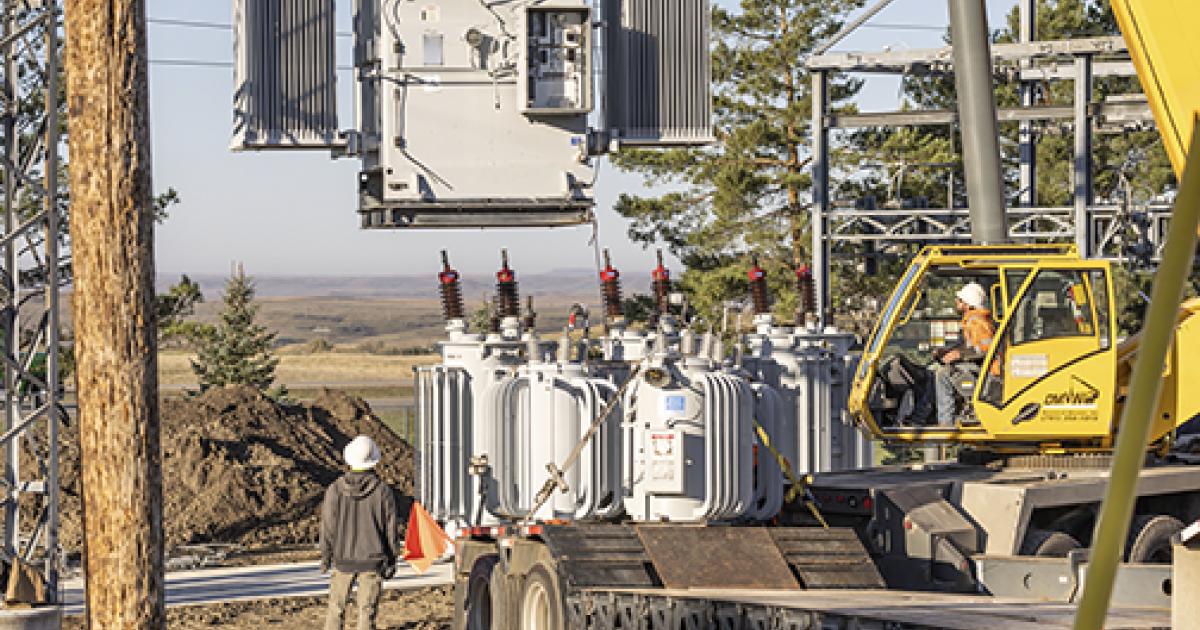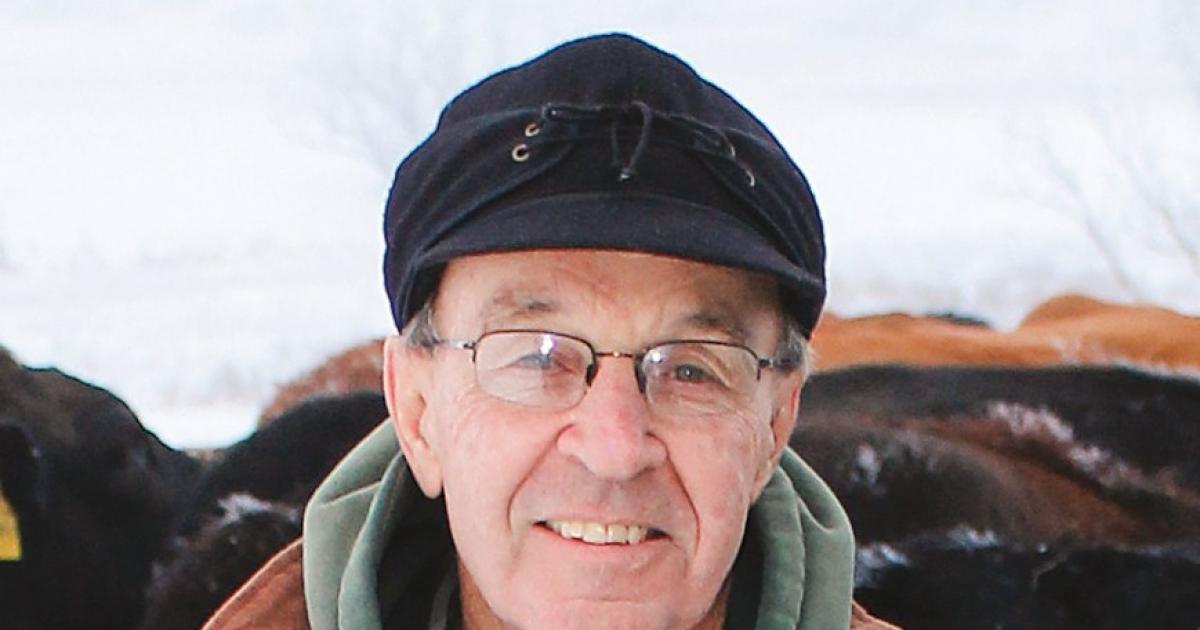The effects of a nationwide labor shortage are hitting North Dakota where it really hurts. After Nov. 1, Cash-wa Distributing Company, a large Nebraska-based foodservice distributor, will no longer supply food to 102 rural school districts in North Dakota. The company cites a worker shortage, including truck drivers and warehouse workers, as the reason for the decision.
School districts were informed of Cash-wa’s decision to drop their contract through their school food purchasing co-op, North Dakota Educators Service Cooperative (NDESC). About half of North Dakota schools are members of the cooperative, which handles collective food purchasing and distribution for the member-schools through a combined bid.
Rural school districts are now scrambling to find other food suppliers to fill the void. In another subsequent blow, not one food supplier responded to NDESC’s first request for bids.
Linda Schloer, N.D. Department of Public Instruction director of child nutrition and food distribution, told KX News on Oct. 18 that about 30 to 40 of the 102 affected schools still hadn’t found a replacement distributor.
While districts work to scrape together a solution to get through this school year, a long-term solution for the food supply issues in rural America remains to be seen.
Since 2013, Lori Capouch and her team at the Rural Electric and Telecommunications Development Center have been studying the issue of distribution and transportation of food to rural areas. The team’s research developed after identifying troubling food access trends in the state and the decline of rural grocery stores. With support from the North Dakota Association of Rural Electric Cooperatives, Capouch led a successful effort in 2019 at the state Legislature to study the issue further.
“The food supply challenges our rural school districts face are indeed a foremost and immediate concern for our communities,” Capouch says. “But the challenges are not new. What is missing is a long-term solution. We believe there may be opportunities to improve the stability of our rural food supply through collaboration and public-private partnerships. We are seeking ways to help serve rural places more effectively. To do so, we need all the players at the table, thinking together.”
North Dakota Living will continue to cover rural food access topics, including an in-depth feature on the current rural school food supply challenges, in an upcoming issue.










